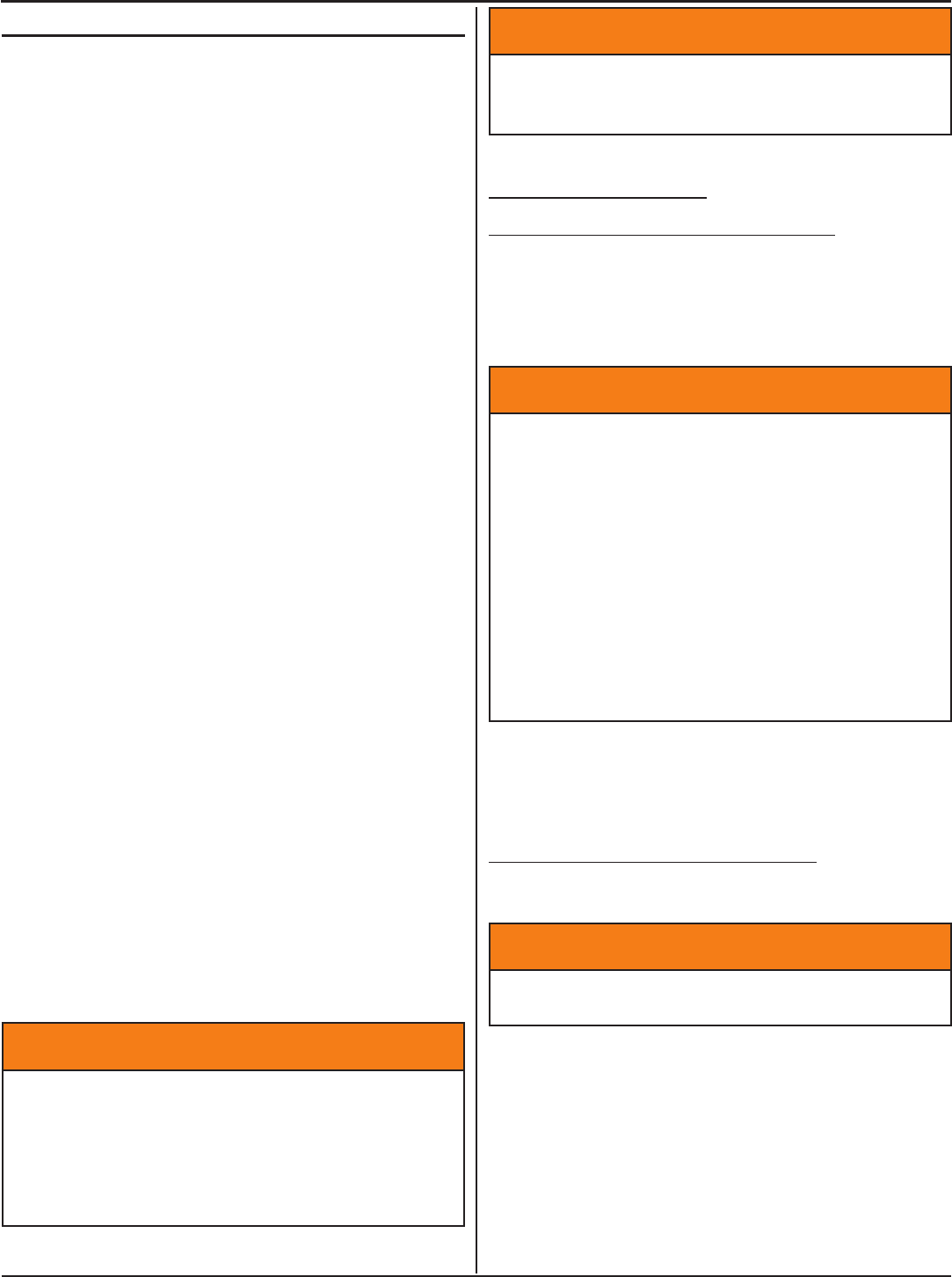Operating Guide

36
5. loadIng and unloadIng
Improper trailer loading causes many accidents and
deaths. To safely load a trailer, you must consider:
• Overall load weight.
• Load weight distribution.
• Proper tongue weight.
• Securing the load properly.
To determine that you have loaded the trailer within its
rating, you must consider the distribution of weight, as
well as the total weight of the trailer and its contents.
The trailer axles carry most of the total weight of the
trailer and its contents (Gross Vehicle Weight, or
“GVW”). The remainder of the total weight is carried by
the tow vehicle hitch.
It is essential for safe towing that the trailer tongue and
tow vehicle hitch carry the proper amount of the loaded
trailer weight, otherwise the trailer can develop an
undesirable sway at towing speeds, or the rear of the
towing vehicle can be overloaded. Read the “Tongue
Weight” information in Section 4.
The load distribution must be such that no component
part of the trailer is loaded beyond its rating. You must
consider the rating of the tires, wheels and axles. For
tandem and triple axle trailers, you must make sure
that the front-to-rear load distribution does not result in
overloading any axle.
Towing stability also depends on keeping the center
of gravity as low as possible. Load heavy items on
the oor and over the axles. When loading additional
items, be sure to maintain even side-to-side weight
distribution and proper tongue weight. The total weight
of the trailer and its contents must never exceed the
total weight rating of the trailer (Gross Vehicle Weight
Rating, or “GVWR”).
Do not transport people, containers of hazardous
substances, or flammable liquids. The exception is fuel
in the tank of vehicles or equipment being hauled.
^ WARNING
Do not transport ammable, explosive,
poisonous or other dangerous materials
on your trailer.
The exception is fuel in the tank of a
vehicle or equipment being hauled.
^ WARNING
Do not transport people on your trailer.
Besides putting their lives at risk, the
transport of people on a trailer is illegal.
5.1 loadIng traIler
5.1.1 preparIng traIler for loadIng
1. Inspect the oor of the trailer.
2. Inspect the tie down rings and track system for
damage, looseness or signs of bending before
loading the trailer.
^ WARNING
Damaged or loose tie down rings or track
can break, allowing cargo to become
loose.
Loose cargo can shift the center of gravity,
and result in loss of control of the trailer.
Inspect and test tie downs and track before
loading cargo.
Do not use a damaged or loose tie downs
or track to secure cargo.
3. Park the tow vehicle and trailer on a rm and level
surface.
4. Clear the area around the trailer.
5.1.2 loadIng a rIgId deck traIler
1. Couple the trailer to the tow vehicle.
^ WARNING
Trailer must be coupled to tow vehicle
before loading trailer.
2. Lower rear stabilizers (if equipped) or place
blocking under rear of trailer so the weight of the
cargo does not raise the front of the trailer during
loading.
Loading And Unloading










